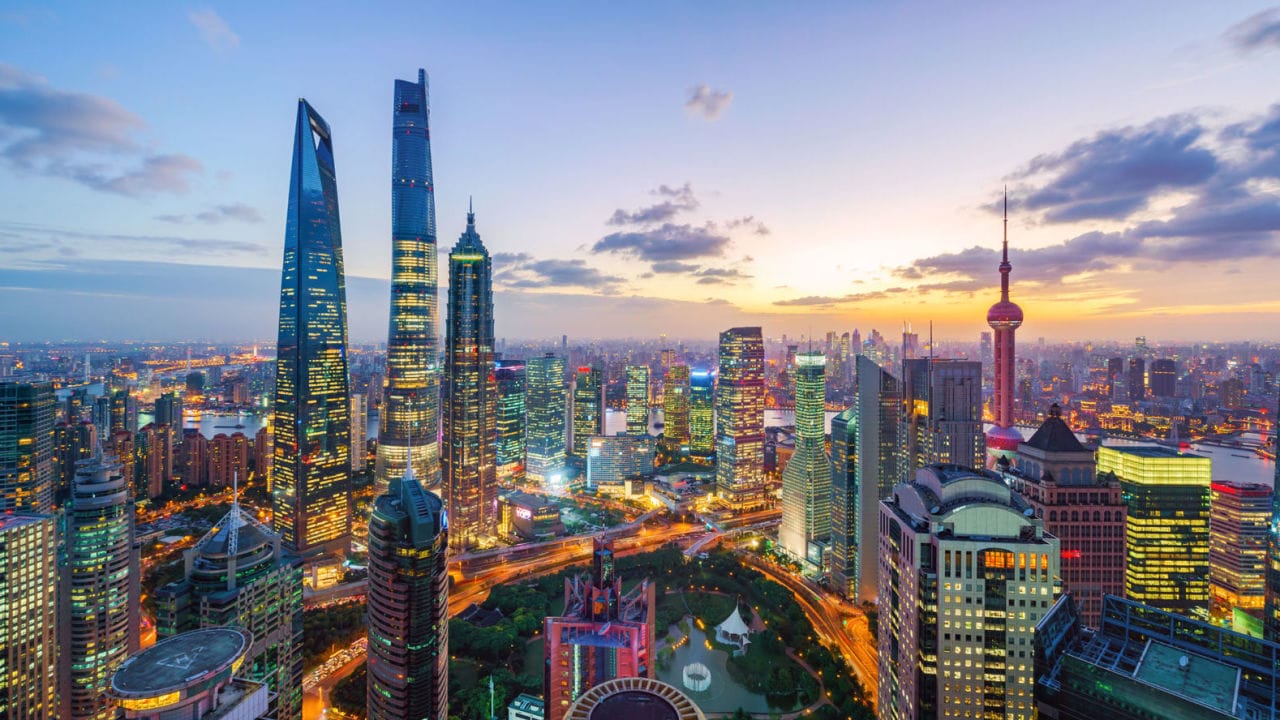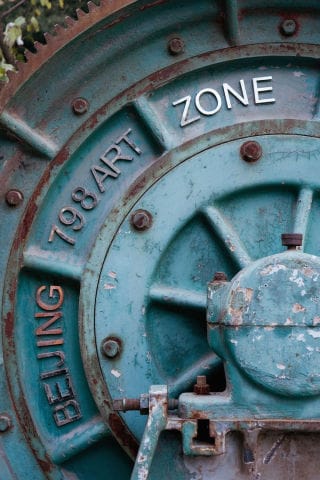
Hong Kong’s gleaming skyscrapers, Shanghai’s colonial-era heritage buildings and Beijing’s hundred-year-old narrow hutong alleys. Travelling through China often feels like travelling through time, and the journey from one century to the next can usually be done by turning around the corner.
From authentic bakeries to upscale fish restaurants and forbidden cities flanked by modern art, here’s how to experience China’s ancient traditions alongside modern adventures.





